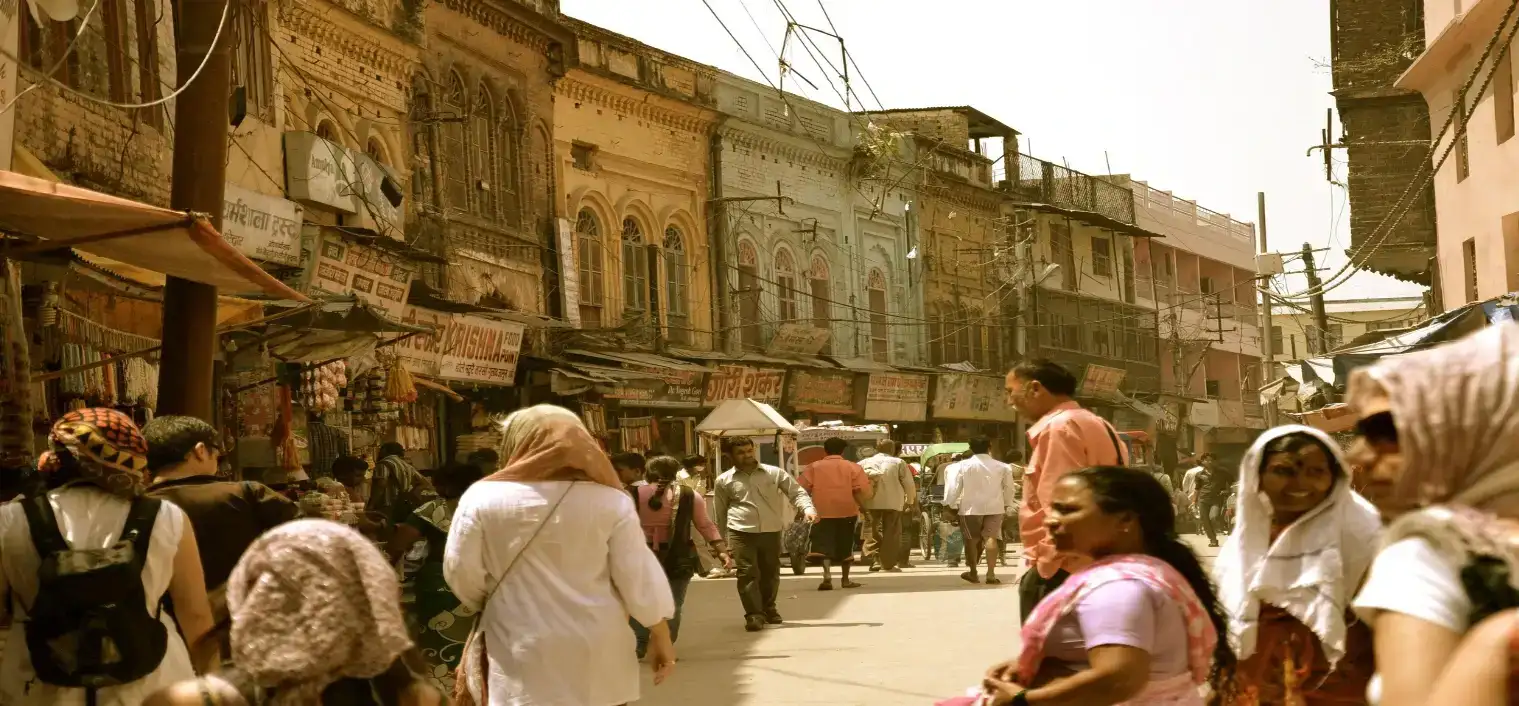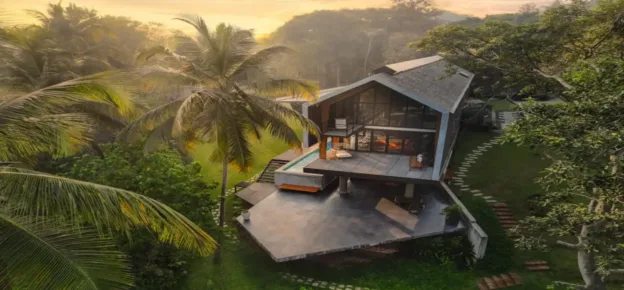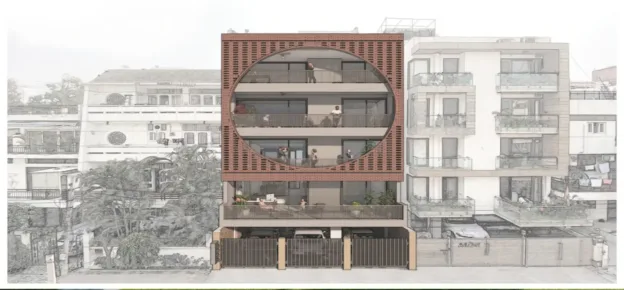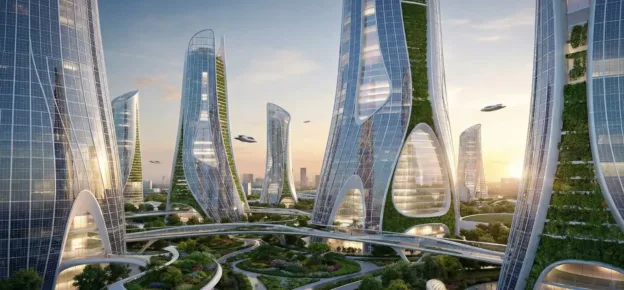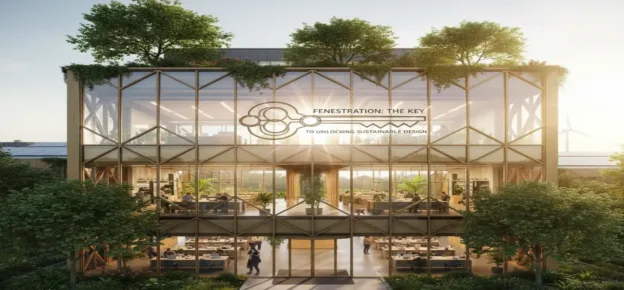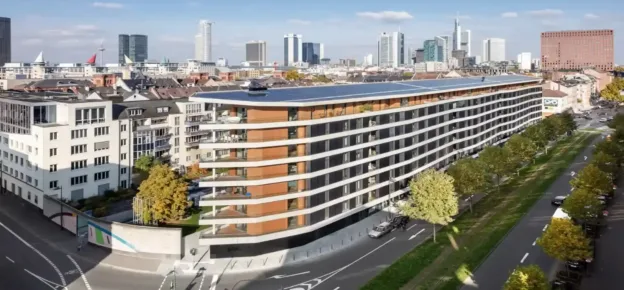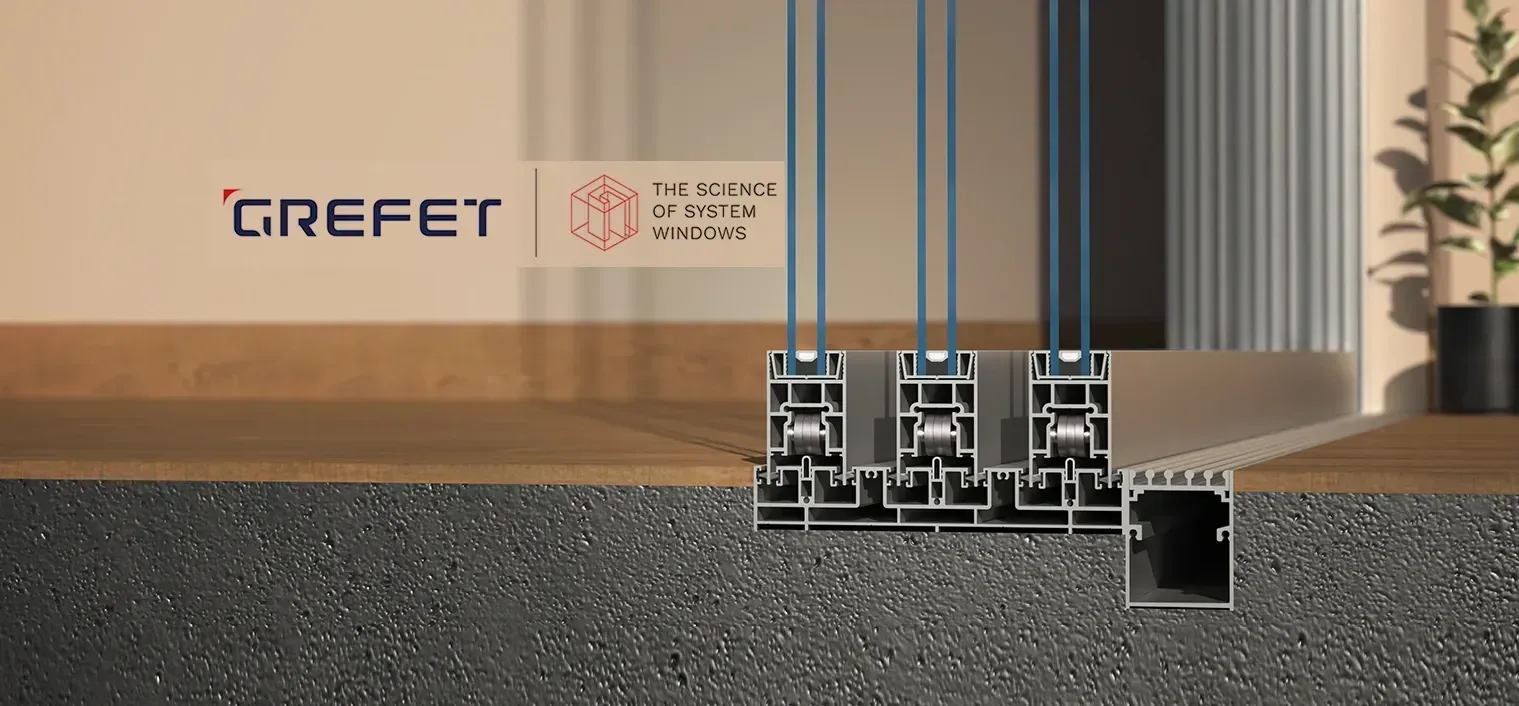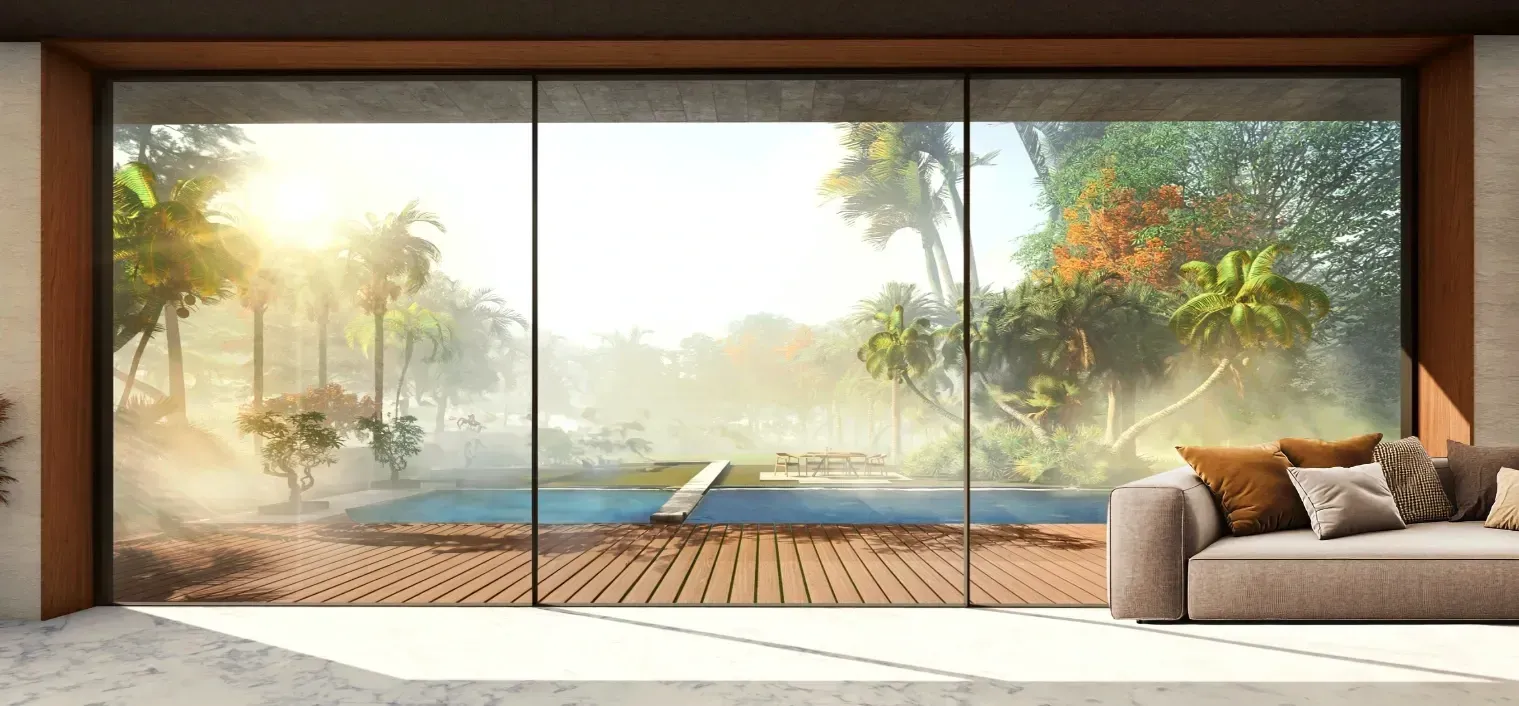Where The City Meets The Building
As an urban designer, I often find myself paying attention to things that are in-between – not quite public, not quite private. The space between a street and a building. The threshold you pause at before entering a home. The bench outside a shop. A small window where someone leans out to speak to a neighbour.
These edges – these small overlaps between buildings and city life – are where so much of our social world happens. And yet, in modern design conversations, we rarely speak about them as important. Façades are treated like skins or visual identities. Windows are often measured only in terms of light and ventilation. But I believe these elements are far more than that.
They are our connection points. They frame how people interact with a space, with the city, and with each other.
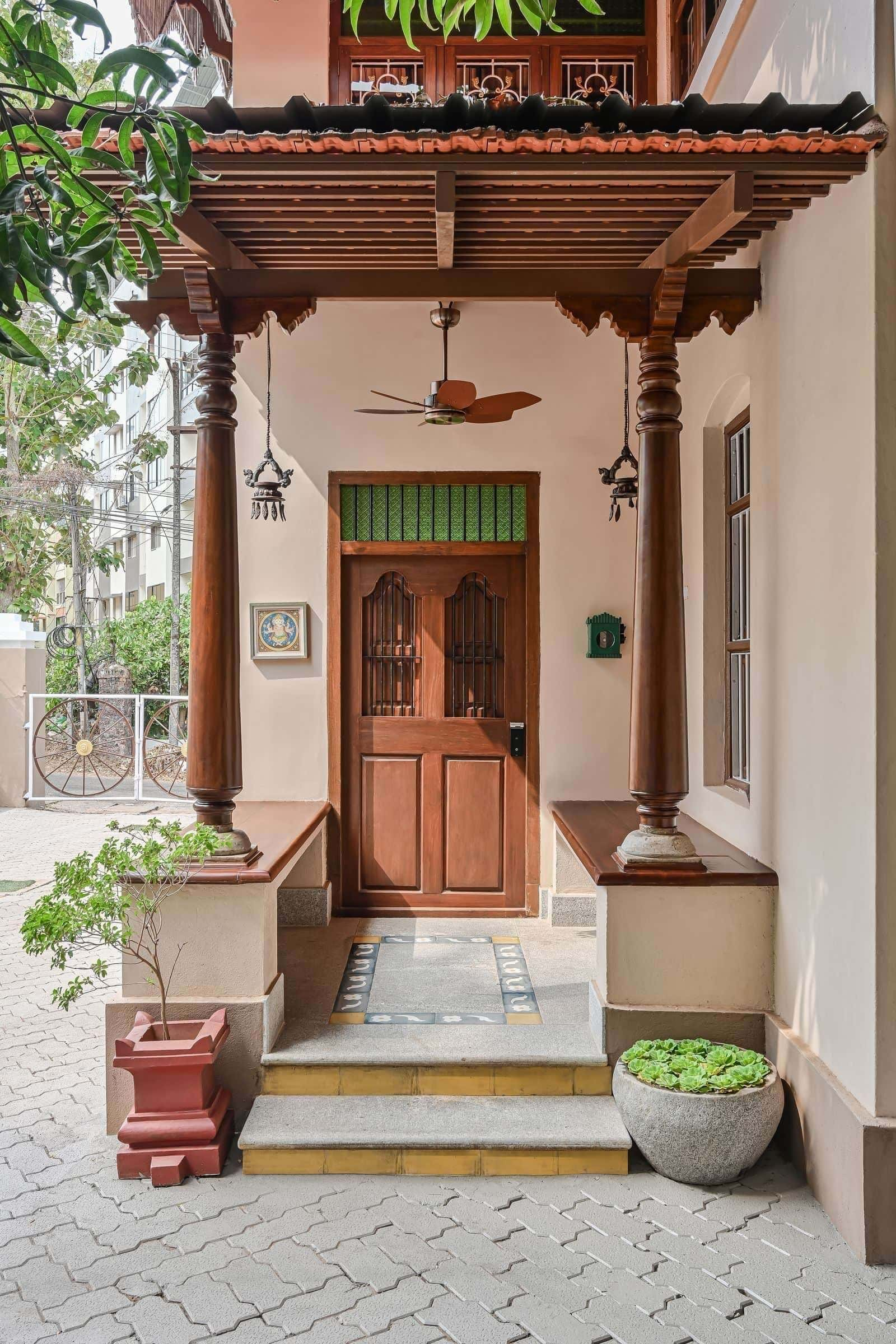
Not Just A Surface
When we walk down a street, it is not just the road or the trees that define the experience. It is the building edges. The walls we walk beside. The windows we glance into. The thresholds we sit on when tired. The small awnings that offer shade.
In Indian cities, especially, this interaction between building and street has always been layered and rich. The small verandah in front of a house, the window grill full of plants, the shaded shopfront with an owner seated at the entrance – these are all parts of daily life. They are part of how we feel at home in our surroundings.
So, when we design a façade, we are not just deciding how something looks. We are deciding how people will relate to it – whether they’ll feel welcome or distant, curious or cautious.
The Window As A Social Element
I often ask my students: What does a window mean in an urban street? They say things like “for light” or “for air.” But then I ask them to walk outside, sit near a street, and observe. What they come back with is beautiful.
They notice that a window allows eye contact between someone inside and someone passing by. That a small open window on the first floor becomes a listening point for local gossip. When you walk past a market lane, open shutters allow smells to travel out. Those windows create both separation and connection – a frame that allows people to see each other, hear each other, be part of each other’s world even without speaking.
In this way, a window is not just an opening in a wall – it is an opening between lives.
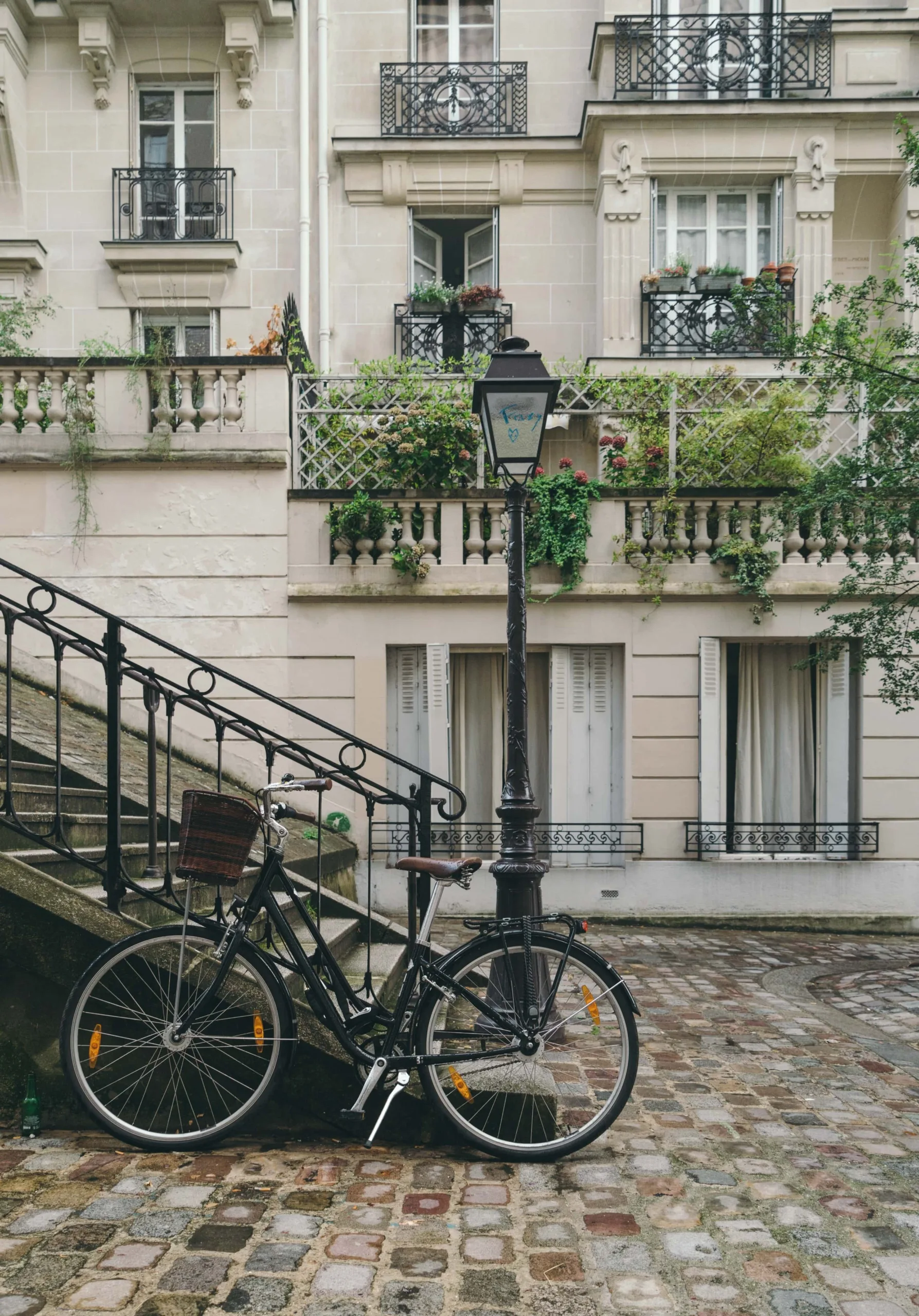
How Façades Shape Belonging
A lot of modern building façades today are smooth, glossy, and flat. They are beautiful in photos. But often, they offer little to the person walking beside them. There’s no variation, no texture, no pause. No edge to lean on, no place to sit, no sense of what happens inside.
Compare that to an old neighbourhood in Lucknow, or Ahmedabad, or Pondicherry. The building edge is full of small surprises. A grill shaped by hand. A broken stone that works as a seat. A shaded opening where someone sells flowers. These kinds of façades invite people in. They build relationships between the building and the street.
For me, this is the heart of urban design. To design not just the building or the road – but the conversation between them.
Designing With Care
So how can we create façades and windows that feel more human?
We start by observing people. Watching how they move, where they pause, what draws them in. We design for slowness, not just movement. A window at eye level makes someone feel seen. A narrow threshold between inside and outside allows people to step in and out with ease. A window with a deep sill becomes a place to sit. A shaded façade becomes an extension of the public space.

In a recent student workshop, we redesigned a local primary school. The only thing we changed in the façade was the placement of the windows – lowering them to child height, giving them a wider sill, and adding small ledges outside. A year later, the teachers said children were sitting near them during breaks, drawing pictures, and waving at people outside. The building felt “more alive.”
That is the power of a thoughtful window.
People First, Always
Urban design is not about grand gestures. It’s about paying attention. It’s about caring for the small interactions that shape our sense of place. When we put people first, façades stop being just surfaces. They become tools for connection.
In dense cities like ours, where we live so close together, these edges matter even more. They can be places of joy, of comfort, of routine. A well-designed window can bring in air, yes – but it can also bring in a moment of light, a sound from the street, a wave from a friend.
Teaching The Edges
I often tell my students, if you really want to understand urban design, don’t look at the skyline. Look at the edge of the street. Look at how a child interacts with a shopfront, or how two people pause at a corner to talk. Look at the window, a grandmother leans out every evening.
These are the scenes that shape the life of a city.
So, when you design a façade or a window, don’t start with the shape or material. Start with a question: What do you want people to feel when they walk past this?
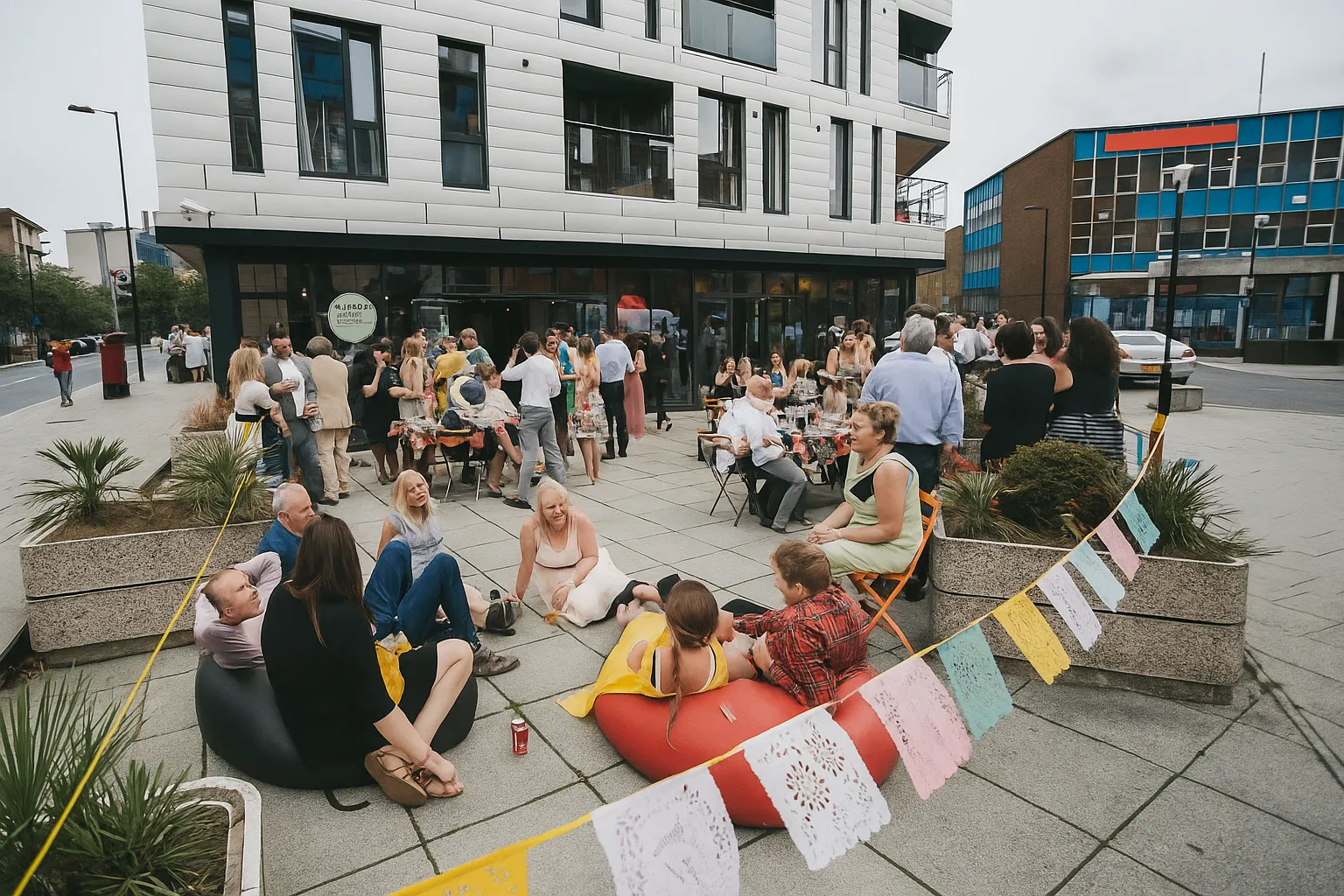
Bringing This Into Practice
For designers working on façades and fenestration, these small human details can shape bigger design decisions. Thinking about how a window might frame a view from the street, or how a shaded ledge could become a sitting space, adds meaning to what might otherwise be just a visual surface. Even simple choices – like the height of a sill, the depth of a window, or the texture of a wall – can make a space feel more connected to the people who pass by or live nearby.
Designing for community doesn’t always need bold moves – it often begins with noticing how people already use the edges, and quietly supporting that life through design.
Conclusion: A More Caring City
In the end, cities are not made of concrete and glass. They are made of people. And people relate to buildings not as objects, but as presences in their daily life. The façade is the handshake, the smile, the gesture of welcome. The window is the glance, the conversation, the in-between.
If we can design these with more empathy – with more attention to how people live, move, speak, and rest – then our cities will become not only more beautiful, but more caring.
And is not that the kind of future we want to build?
